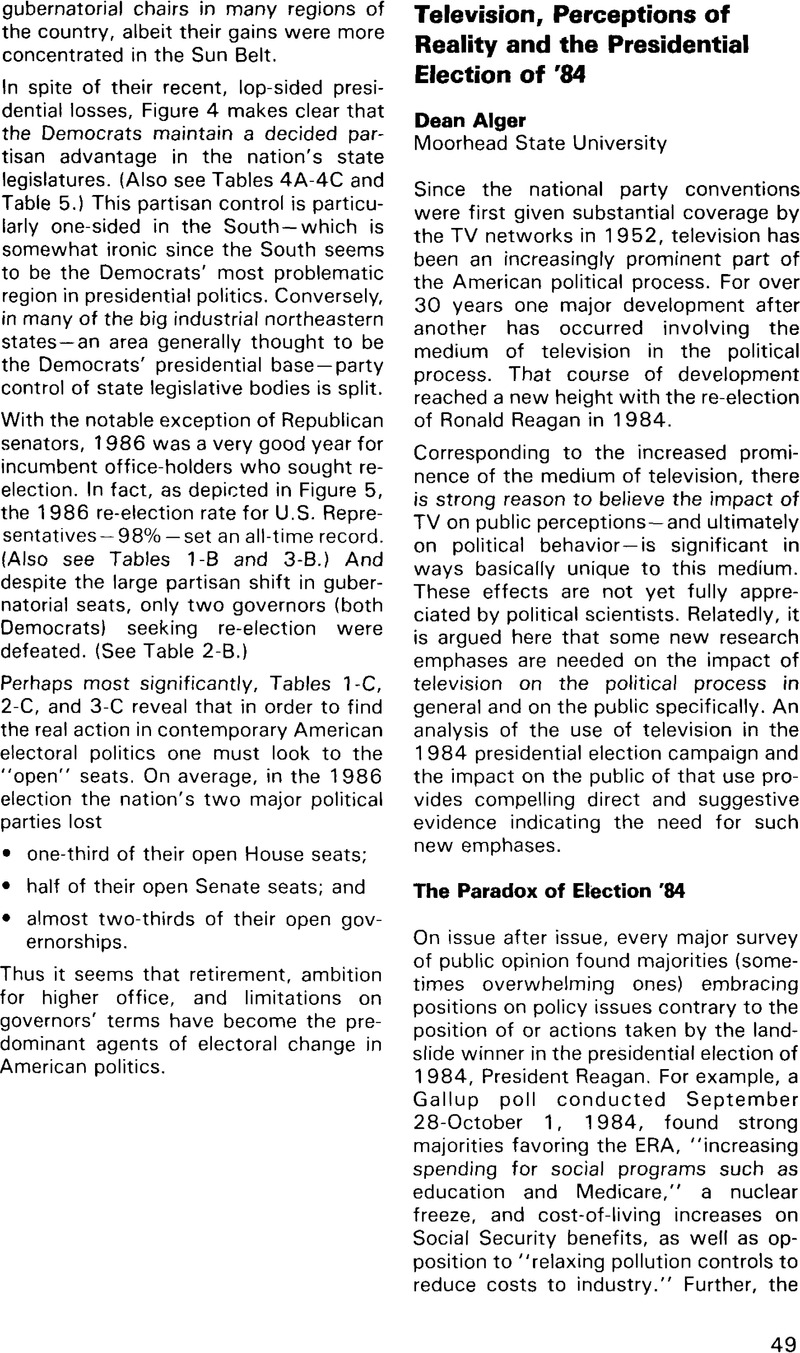Crossref Citations
This article has been cited by the following publications. This list is generated based on data provided by Crossref.
Sullivan, Denis G.
and
Masters, Roger D.
1987.
“Gut Reactions” and the Political Effects of the Media.
PS: Political Science & Politics,
Vol. 20,
Issue. 04,
p.
880.
Sullivan, Denis G.
and
Masters, Roger D.
1987.
“Gut Reactions” and the Political Effects of the Media.
PS,
Vol. 20,
Issue. 4,
p.
880.



